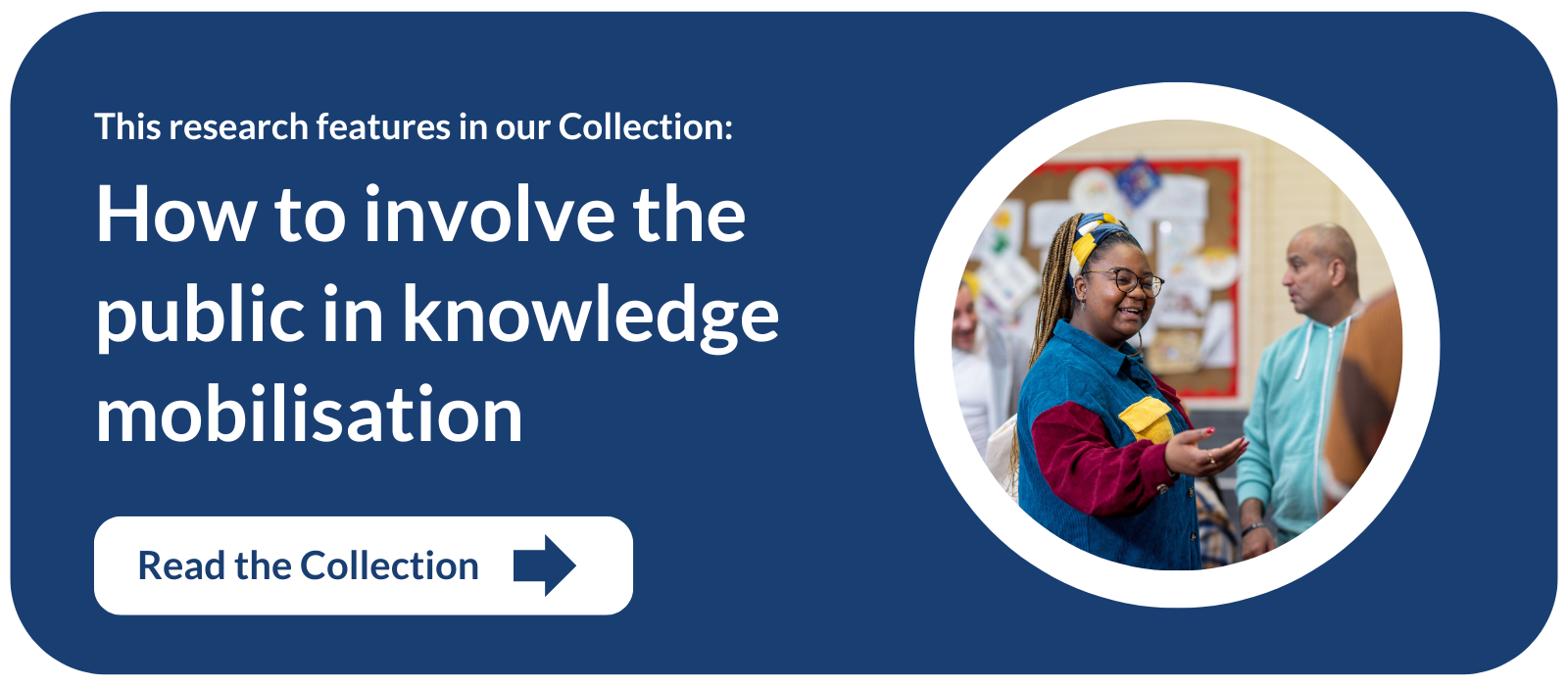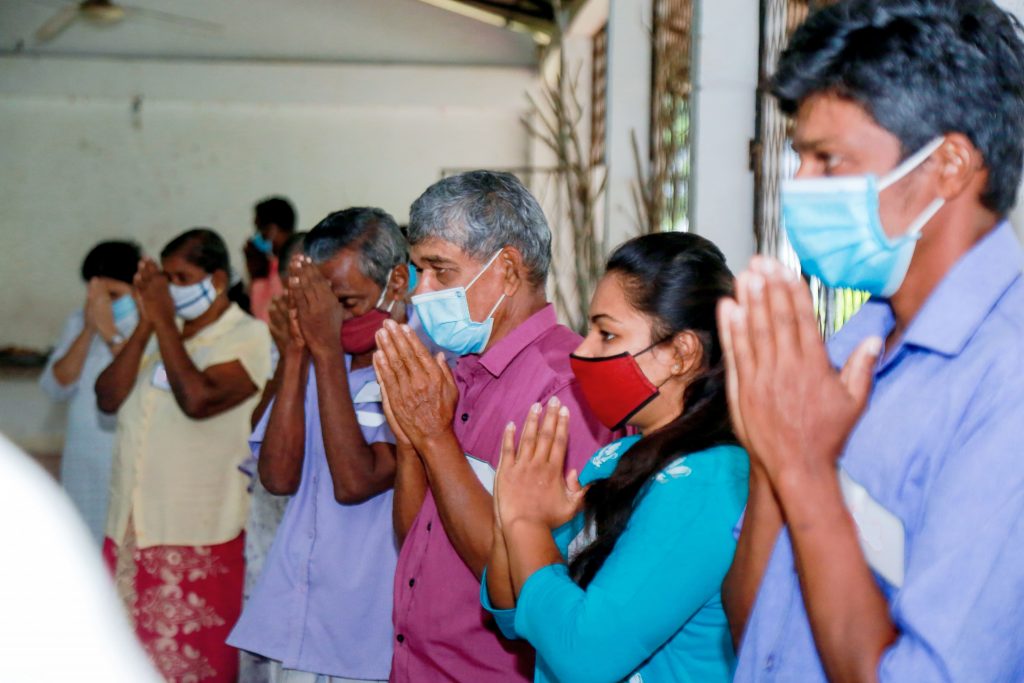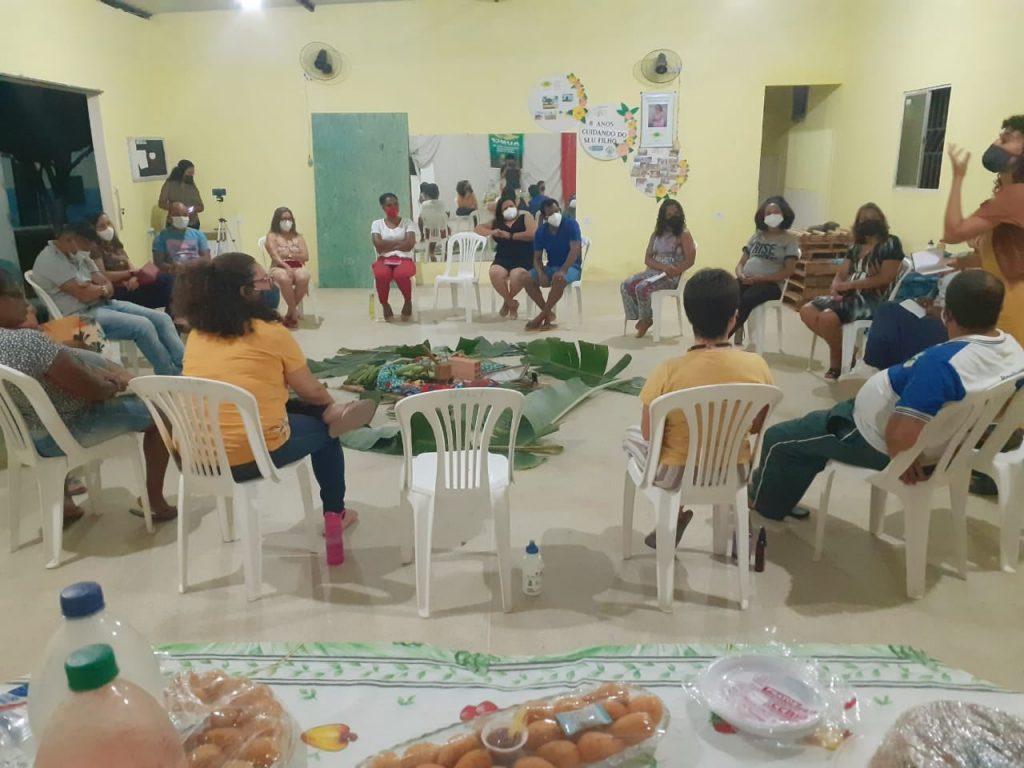This is a plain English summary of an original research article. The views expressed are those of the author(s) and reviewer(s) at the time of publication.
Global health research that fully engages with community members is better able to prioritise local knowledge and expectations. Research showed the benefit of engagement that was adapted to local conditions and culture.
Previous global health research has too often lacked engagement with the people it is intended to help. Some engagement strategies have relied on a fixed approach, rolled out across multiple countries. Reduced engagement with local communities can mean that the research may not address the specific context and the needs of local people.
The ongoing multi-country ECLIPSE global health programme is designed to improve health outcomes for people with a skin condition called cutaneous leishmaniasis. The study team is working with communities in Brazil, Ethiopia, and Sri Lanka.
To fully consult local communities before and during their study, the research team used flexible methods of engaging with the local community (instead of a fixed, Western, top-down approach). This study evaluates the community engagement approach every 18 months of the 5 year project.
The research team established community advisory groups in each of the 3 countries. The local setting determined who was included in the groups, how community members were recruited, and which engagement activities were used. Some communities had previous negative experiences or expectations of the research; this had to be discussed and negotiated to build trusting relationships between communities and researchers.
The team drew up recommendations for global health – and other – research. Recommendations include recognising the different motivations of the parties involved; creating safe spaces for communication; discussing expectations early; acknowledging the breadth of local people’s experience; and designing engagement that is bespoke to local culture and conditions.
Further information on the NIHR’s funding programme for global health research is available here.

How can researchers engage with local communities?
Global health research benefits from meaningful participation from local communities in all aspects of the research. Studies designed without considering local knowledge and conditions, reduce the relevance of the research. They can undermine, and even contradict, the values, views and practices of local people.
Cutaneous leishmaniasis is a parasitic disease transmitted by the bite of an infected sandfly. It infects up to 1 million people every year, mostly in areas of overcrowding and poor sanitation. An initial painless red spot gradually develops into an ulcer, which can scar and lead to stigma and social exclusion. Effective treatment can limit scarring.
The ongoing ECLIPSE programme (Empowering people with Cutaneous Leishmaniasis: Intervention Programme to improve patient journey and reduce Stigma via Community Education) is based in Brazil, Ethiopia, and Sri Lanka, where the skin condition is common. These countries differ in terms of the severity of leishmaniasis, awareness among healthcare professionals, and local culture and religion. The study aims to improve outcomes, by developing and evaluating interventions appropriate to each setting.
Much previous research on cutaneous leishmaniasis has not engaged with community members. Researchers often ‘parachute’ in, collect data in a way most convenient for them, and then leave. The ECLIPSE team considered how community engagement could be improved. They used different methods for in-depth consultation, adapted to each country, rather than a fixed design developed in the UK.

At the start of the project, the researchers established 13 community advisory groups across the 3 countries. The groups were asked for their input on different aspects of the project, such as public-facing materials, recruitment processes, interpretation of findings, and how to ensure the research and the interventions are culturally appropriate. The findings reported here are the first evaluation of community engagement, 18 months into the 5-year study.
What’s new?
The study looked at 4 main aspects of community engagement: establishing the groups, group membership, culturally appropriate engagement, and relationships between researchers and community members.
Establishing groups required different approaches depending on local customs, resources and infrastructure. In Ethiopia, local cabinets (of government-appointed and community-elected members) helped arrange meetings with community members. In Sri Lanka, the Grama Niladhari (village officers) helped. Group meetings took place at familiar venues, such as, in Sri Lanka, the Dharmashalawa (preaching hall) of a Buddhist temple. In Ethiopia, meetings often took place outside, as buildings were too small to host large groups. In Brazil, the researchers changed the colours of the ECLIPSE logo, as its colours were strongly associated with a political party.
Group membership needed to be diverse, and to include those with high social status along with those who are less affluent and often marginalised and invisible in research. People with cutaneous leishmaniasis, religious leaders, traditional healers, but especially other members of the community, were included. In Ethiopia, community members were democratically nominated and voted for. Different hamlets were represented (even though this meant increasing the group size). In Brazil, some people (such as men, White people, those from high social classes) found it easier to speak during meetings. The researchers minimised such power dynamics by seating people in a circle, moderating meetings to allow everyone to speak, and including other activities using music, dance, and images.
Community engagement differed in each setting. Meetings in Sri Lanka started with a Buddhist ritual following local customs. The COVID-19 pandemic had an impact on engagement: in Brazil, activities moved online (using WhatsApp and Zoom), but community members in Ethiopia and Sri Lanka did not have access to the internet. In Ethiopia, war in the Tigray region interrupted engagement, and the researchers adapted their strategy to reflect the lower priority of cutaneous leishmaniasis during the humanitarian crisis.

Relationships between the researchers and community members differed within and across locations. In Sri Lanka, the researchers were received enthusiastically, due to their links with a highly-regarded local medical school. In Ethiopia, some members had negative attitudes because they had been involved in past research which did not lead to change. In Brazil, there was scepticism that ‘joint decision-making’ would really happen.
Why is this important?
This thorough evaluation demonstrates inclusive, collaborative, and fair community engagement in global health research. This was despite practical difficulties such as the pandemic or civil unrest.
The experience and knowledge of community members was called on; power dynamics were openly discussed and managed. Community members need to have control over health interventions, the team says, if they are to bring benefits that last beyond the lifetime of the research project. The research will not solve all the challenges faced by community members face, and this has to be acknowledged early on.
Researchers should not assume that communities are disempowered and need ‘saving’ by their research. This study found many examples of empowered communities, who were not afraid to question researchers’ intentions.
Effective communication about health and illness takes local health beliefs and behaviours into account. Community members understand these beliefs and behaviours, and can work with researchers to develop community education which is bespoke to the locality. This is very different from simply giving a health message (such as ‘Don’t use this home-made treatment.’)
What’s next?
The researchers have produced a set of recommendations for future researchers. They hope their work will help researchers in global health, and in other fields. It supplements existing guidance from UNICEF and the WHO, they say, by translating theoretical principles into practical recommendations.
The recommendations are to:
- create safe environments for community meetings
- choose activities that promote dialogue, to amplify community voices
- discuss expectations and intended outcomes early on
- understand the context in which the health research takes place before measuring health-issues or introducing interventions
- design community engagement to be culturally and context specific
- expect that engagement with community members is built and refined as the project progresses
- feedback to communities during and after research activities.
The researchers believe their work is relevant to those who fund global health research. Research is often constrained by contracts with funders, budgets, and meeting agreed milestones. This team would like to see the ‘contract’ with communities prioritised, to help ensure expectations are met.
They recognise that funding bodies such as the NIHR have increased their commitment to robust community engagement, which is expected to be a core element of global health research programmes. In ECLIPSE, the researchers engaged community members before the programme was awarded funding. This was possible through a grant development stage funded by the NIHR.
In-depth community engagement takes additional time and resources. This project highlights the need for clinicians and natural scientists to travel and engage directly with the community, including with local experts and artists. Social scientists, including anthropologists, can advise on adapting community engagement to local conditions.
This work represents the early evaluation of an ongoing 5-year programme. Later stages of the project will report on developing and evaluating interventions to help people with cutaneous leishmaniasis, in their own settings.
You may be interested to read
This summary is based on: Polidano K, PartonL, Agampodi S, Agampodi T, Haileselassie B, Lalani J, Mota C, Price H, Rodrigues S, Tafere G, Trad L, Zerihun Z, Dikomitis L. Community Engagement in Cutaneous Leishmaniasis Research in Brazil, Ethiopia, and Sri Lanka: A Decolonial Approach for Global Health. Front Public Health. 2022;10:823844.
Community Engagement guidance produced by the WHO: World Health Organization. Community Engagement Framework for Quality, People-Centred and Resilient Health Services. 2017.
Community Engagement guidance produced by UNICEF: UNICEF. Minimum Quality Standards and Indicators for Community Engagement. 2020.
Further research on engagement: Hickey, G and others. What does ‘good’ community and public engagement look like? Developing relationships with community members in global health research, Frontiers in Public Health 2022; https://doi.org/10.3389/fpubh.2021.776940
Further research on co-production: Tembo D. and others. Impactful engagement and involvement with community stakeholders in the co-production of global health research: How do we make it happen?, BMJ, 372:n178
More information about planning how to share your research with the people who can use it to effect change.
Funding: The study was funded by the NIHR using U.K. aid from the U.K. Government under the NIHR Research and Innovation for Global Health Transformation (RIGHT) programme.
Conflicts of Interest: The study authors declare no conflicts of interest.
Disclaimer: Summaries on NIHR Evidence are not a substitute for professional medical advice. They provide information about research which is funded or supported by the NIHR. Please note that the views expressed are those of the author(s) and reviewer(s) at the time of publication. They do not necessarily reflect the views of the NHS, the NIHR or the Department of Health and Social Care.
NIHR Evidence is covered by the creative commons, CC-BY licence. Written content and infographics may be freely reproduced provided that suitable acknowledgement is made. Note, this licence excludes comments and images made by third parties, audiovisual content, and linked content on other websites.